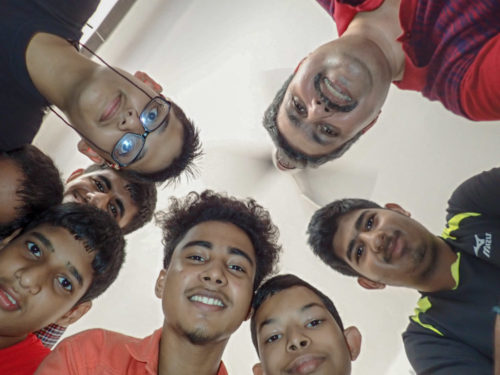
Last week I took a certification course of photography to children with special needs at Mangalore. I thank Anirvedha & Inwincive Creatives for giving me the opportunity to conduct this workshop.
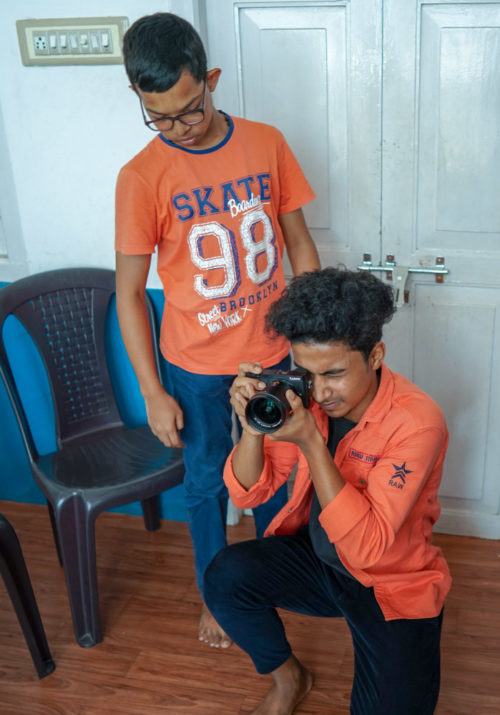
In this article I am sharing my experience, what I have learned, challenges I faced, ideas I could gain, strategies I adopted as well as fallacy I had in my mind about these children. It was really a transformative experience for myself.
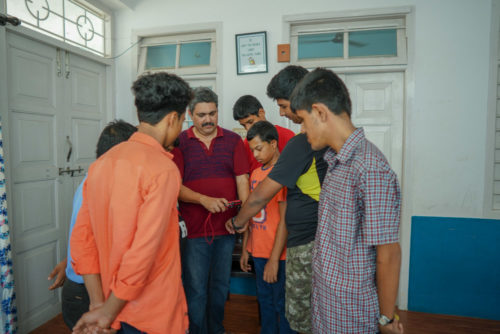
Teaching a complex subject like photography to youngsters can be both a difficult endeavour as well as a huge responsibility. This is never truer than when you are dealing with children who have special needs, where the difficulties that come with teaching can be greatly magnified by a host of problems. Since this was my first try, let me be frank, I was very apprehensive. We had eight children all of them over the age of 14, who varied in their learning disabilities.

The photos shown in this article (except the first three) were all clicked by these students during two hours of the outdoor session we had at Kadri Park at Mangalore on the final day of course. Light during that period was harsh and hence the capture was in the park in the relative shade of the trees and bushes. None of the photos were intervened or handheld by me. I gave my five cameras starting with Full frame Sony Alpha A7RIII, Micro 4/3rd Olympus OM-D E-M1 Mark II & Panasonic Lumix GX85 and a shockproof, water proof point and shoot Olympus Tough TG-5.

All the children used each these cameras to create these pictures. They changed the cameras depending on their composition and need, as each camera had different focal length lenses. All pictures were captured in JPEG and using auto exposure as well as autofocus modes. End of two hours we had around 1800 photos. I expected quite a few rejects, but to my surprise, only 300 odd photos were rejected as they were badly focused and had motion blur due to a handshake. Of the remaining 1500 photos, almost every frame was good and was tough to eliminate. After 4 hours of struggle, I could finalize 24 photos which were going for print.

They underwent minimal crop and post-processing in Lightroom. You can see the results for yourself here in the blog. Please enlarge the pictures to view them in a larger size. We exhibited these printed photos during the last day of the course with the distribution of certification after evaluating their skills. I am happy to say all eight of them passed with flying colours.
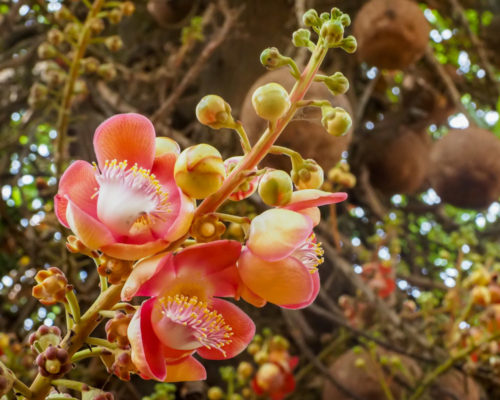
Here are the points I learnt from the certification course.

Don’t underestimate children with special needs
Chances are, these children with special needs have been underestimated by others all of their life. My initial fear of how to make them grasp complex artistic ideas vanished after the first hour of interaction with them.
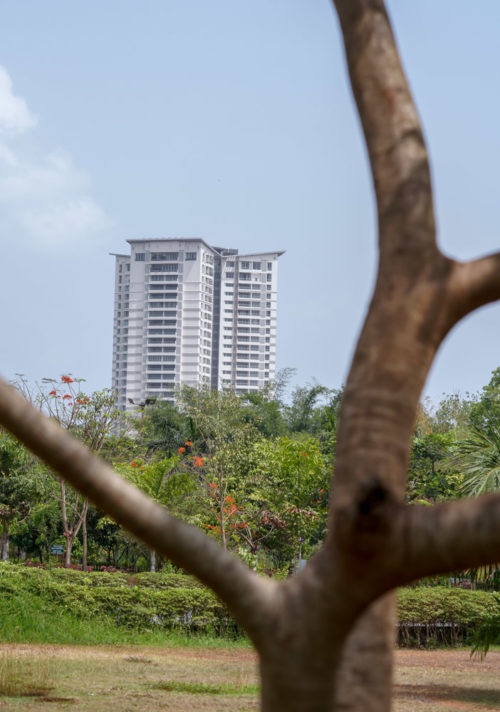
I found all of them specially gifted artistically. They did not have the bias or prejudice we find in others. They grasped composition as well as the art of seeing light in a photographic way, without any preconceived notion or prejudice. Their ability to understand visual media was much better than text as well as lecture.

Be gentle in giving the instruction.
I gave them gentle challenges to see where they can really push themselves with their skills and never assumed that because they have been diagnosed with a condition, that it is impossible for them to improve. I was really surprised at what they were able to achieve!

Interaction is key
Be with them and be one of them. Instead of forcing the idea, lightly guide children to interact with their peers at the pace they feel comfortable with. Hand them a camera and let them experiment. Gently guide them to what they need to learn rather than just clicking similar pictures. Guide them away if they are not doing what you plan them to do, but take care that you do it gently.

Focus on your children’s strengths, not their weaknesses
Sometimes, even as a teacher, it is easy to get frustrated and fall into a pattern of negativity. In order to not transfer those negative beliefs to a potentially impressionable child, it is important to brush off the child weaknesses and focus on what he/she can do.
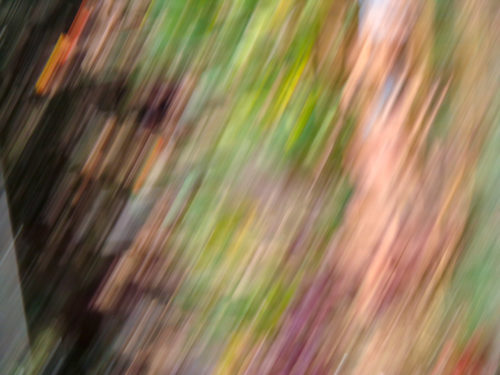
Re-frame complex ideas and break them to simple blocks which are easier to grasp.
Photography is filled with jargon, rules and technical mumbo jumbo. To understand the art behind it you need not make it so complicated. I tried to simplify complex concepts to bare minimal. Instead of explaining Exposure triangle, Aperture, Shutter speed and ISO for hours together, I showed them auto mode in camera to click and what is the bare minimum needed to modify to get the image they want to produce.

Patience and Compassion
They may come to you not knowing how to communicate effectively, and may only know how to throw a tantrum to get what they want. This is where much patience and compassion are needed. Without patience and compassion, they will not understand your approach.

Give examples of success rather than pointing out failure.
Many children with special needs can become discouraged if you point out their mistakes. It is prudent to point out what they succeeded in achieving while trying to reach that goal. That will encourage them to try it again. Don’t stop encouraging them until they fulfil their goal.
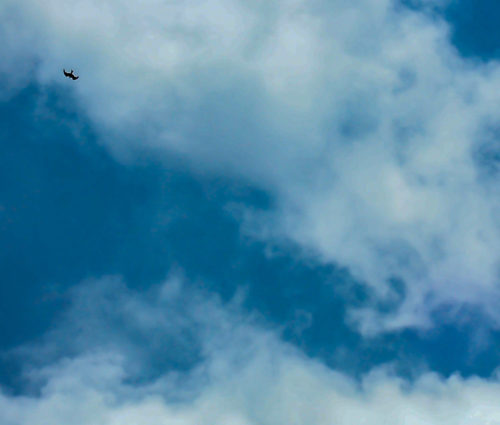
Modify teaching depending on their need
Children with special needs such as learning disabilities need to be taught differently or need some accommodations to enhance the learning environment. Not everyone learns in the same way, and you can follow some tips available to create a well-rounded learning atmosphere. Instead of thrusting topic after topic, make it a fun learning them.
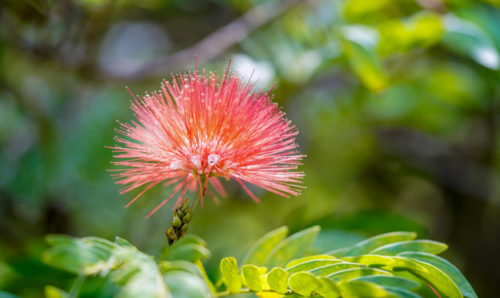
Breaks are important
Maintaining a healthy balance of structure and unstructured processes is important. I was mixing PowerPoint examples, practical demonstrations, hands-on training on each of the concept I was teaching.

Schedule breaks throughout the day. I found there was finite time before they lost my attention. So, giving frequent breaks and rescheduling the class as and when needed depending on their response.

Use voice inflexion.
They respond well to varied voice inflexion and tone, so use a mixture of loud, soft, and whisper sounds. Using proper pronunciation and sometimes slightly exaggerating proper speech will help a child understand you better. Mixing Vernacular Kannada as we as English helped all of them to understand even though they were all educated in English.
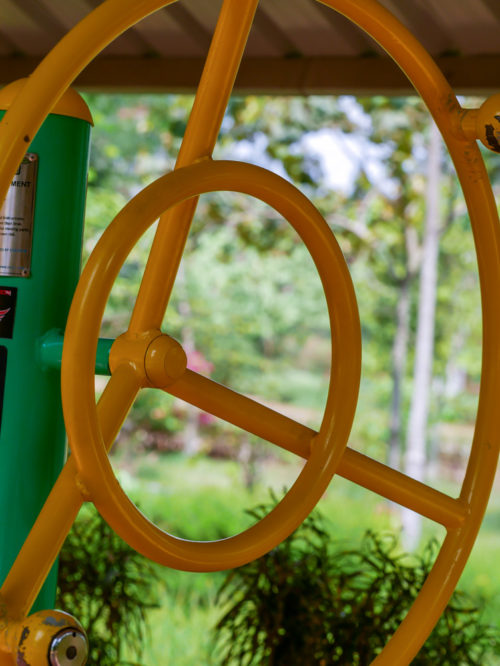
Break down instructions into smaller, manageable tasks.
Students with special needs often have difficulty understanding long-winded or several instructions at once. For children with learning disabilities, it is best to use simple, concrete sentences.

You might have to break down a step into a few smaller steps to ensure your students understand what you are asking. You might even want to put the directions both in print and saying them verbally. Ask your students to repeat the directions and ask them to demonstrate that they understand. Do not give further instructions until a student has completed the previous task.
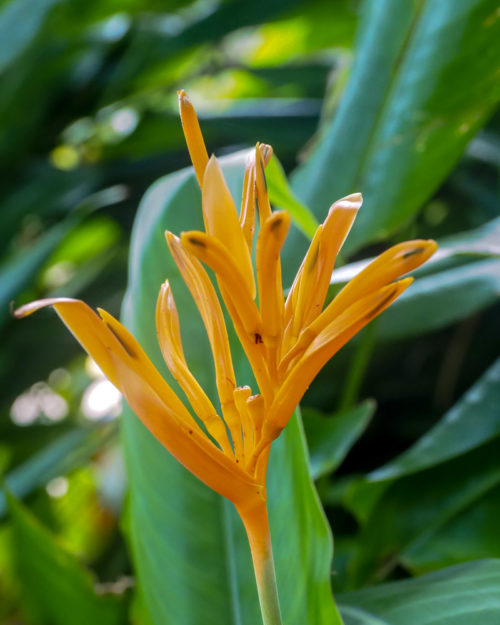
Use multi-sensory strategies.
As all children learn in different ways, it is important to make every lesson as multi-sensory as possible. Students with learning disabilities might have difficulty in one area, while they might excel in another. For example, use both visual and auditory cues. Create opportunities for tactile experiences.

Get creative with your lesson plans.
They will appreciate the opportunity to use their imaginations or try something new; use a balance of structure and familiar lessons with original content.
Give opportunities for success. Children with learning disabilities often feel like they do not succeed in certain areas, but structuring lessons that lead to successful results is a way to keep them motivated.

Provide immediate feedback
Provide immediate reinforcement for accomplishments, be consistent with rules and discipline, correct errors and reward students when they make these corrections themselves, explain expectations, and teach and demonstrate appropriate examples, rather than just expecting students with special needs to pick them up.

Children with special needs may not only feel themselves dragged down by their developmental difficulties, but also by the negative self-perception they can develop from the poor treatment they might have received from peers or, sometimes, even their own family.
One of my roles was to help mitigate these issues by thoughtfully devising a teaching plan that is radically different from the workshops I take elsewhere. I feel sharing my experience will help others who too may be inclined to teach such gifted children.

It is important to stress that children with special needs are no less than other children and that they are simply a little bit different! We are all different from each other, aren’t we?

Hopefully, I was able to bring out the best in these children with special needs during a week I spent with them. This was my opportunity to serve these special children from a world that may sometimes be harsh to them; take advantage to build up their self-esteem and allow them to see their own worth. I wanted them to start using these photography skills they learned and achieve and show the world how special they are.

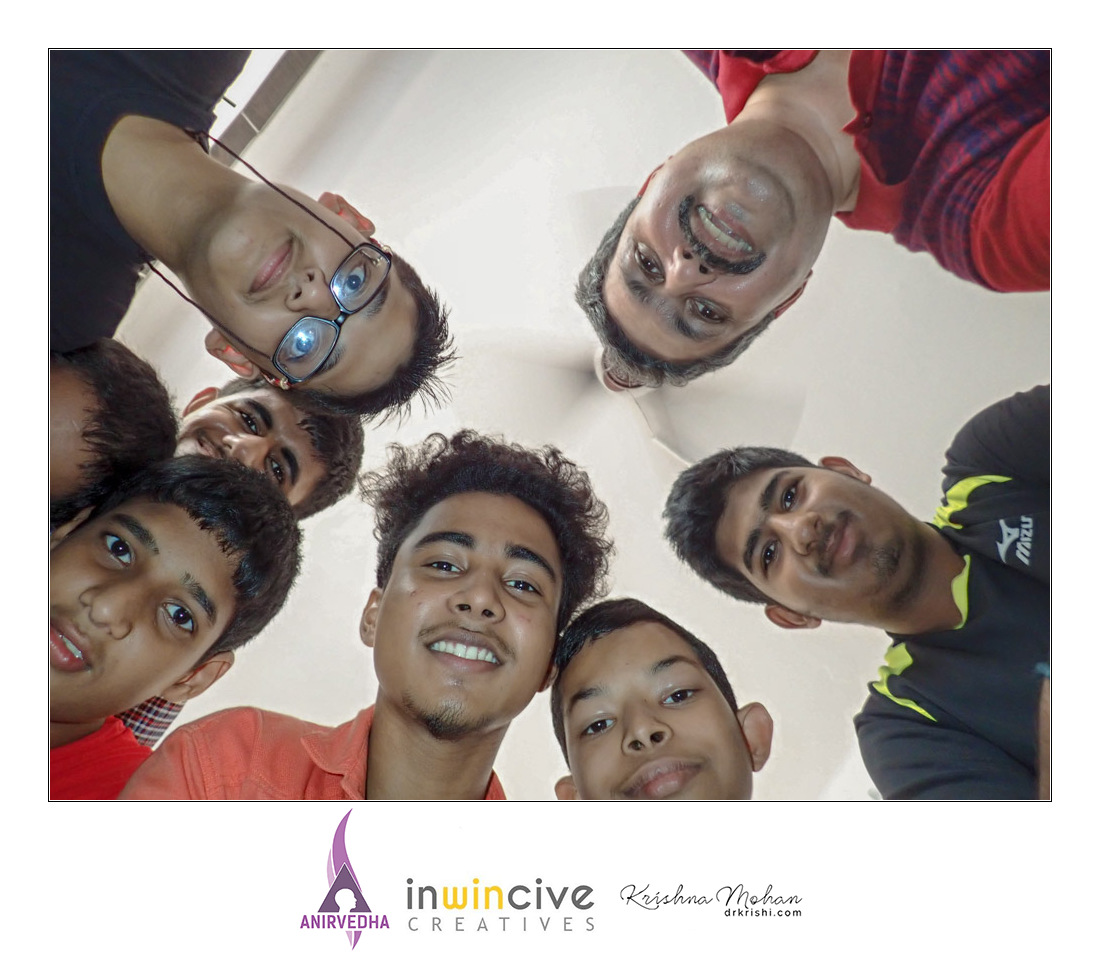
Dr krishnamohan really appreciate your energy and the original thought of such a wonderful event. The benefit is multifold which nine can imagine . The happy smiling innocence speaking volumes of appreciation for all your effort … this is one sarthaka moment for each one of you involved …thank you for the kind and innovative gesture you have created a pathway for those children and generally to the children with special needs
Dear M N pai,
Thank you so much, sir, for gracing the valedictory function and blessing all of us. It is my pleasure both teaching these kids and learning from them. It would have been very selfish of me if I did not share my thoughts with the world and make others to realize how special they are.
ಅಪರೂಪದ ಅನುಭವ, ಚೆನ್ನಾಗಿದೆ
Hats off to you Krishi for your dedication and passion. What a wonderful thought!!! I am sure, this would have been a heart whelming activity for you to cherish. The kids are also blessed to have a mentor like you. all the very best.
I can understand and imagine the level of difficulty you might have gone through to teach these wonderful kids. Appreciate the patience and improvised instructions you innovated to make them understand what you want to convey to them is truly commendable. They may be kids with special needs but they do have special talents embedded. You have successfully made that talent surface.
Krishi I do not have words to actually express my gratitude for this wonderful work you have done. God bless you and your family. Will pray for a wonderful healthy long life for you.
I must say I almost shed a tear while reading this article.
It is so nice of you to give those kids your time and knowledge and appreciate them for who they are.
Thank you.
Thank you, sir, I hope I will be able to help more such great kids. It is my pleasure both teaching these kids and learning from them. 🙂
I am a teacher at a special needs school and am fascinated with photography,could you please share information about where you learnt for a photography course am really interested so that I can be able to instil the very same skill to my learners
I just came across this article while searching for someone who could teach my daughter with a hearing and global delay some lessons in photography. She has an eye for photography and we want her to pursue it. However I couldnt find anyone here where I live (Ottawa, Canada) that understands these kids needs. She can’t go to a technical school and take a full time course in photography. It has to be in a specific way, one on one simple instructions like you mentioned. So you can imagine my joy when I came across this article! Do you teach online or is there anything you can teach her online? Wish they were more people like you! Thank you for doing this. God bless you!